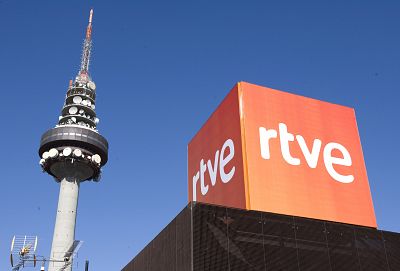Telefónica and Spanish state broadcaster RTVE have trialled the use of edge computing to replace TV trucks.
The partners streamed the La Radio es Sueño ‘fictional soundtrack’ from the Cineteca de Matadero Madrid in real-time with a latency of 3-5 milliseconds.
Three cameras were connected to Telefónica’s edge capabilities through its fibre network to capture the live event. A team at RTVE’s facilities in Torrespaña, Madrid, used a remote interface for content production, avoiding the need to send a live TV truck and production team to Matadero.
“Production from the Edge” is a new service developed by Telefónica in collaboration with RTVE and the Universidad Politécnica de Madrid as part of the 5G Media pilot project funded by the European Commission.
The service aims to make television production processes simpler and faster. Production companies could save up to 30%, Telefónica says.
“Transformative potential”
David del Val, Director of Product Innovation at Telefónica, said, “This is the fourth edge-computing-based service we have tested this year and the first in which broadcasting and telecommunications technologies converge.
“The range of possibilities that this new service opens up is enormous, and we are very pleased that RTVE was the first television network to see the transformative potential that this technology has for television production.”
Pere Vila, Director of Technological Strategy and Digital Innovation at RTVE, added, “For a public broadcaster like RTVE it is very important to participate in this European project together with a technological partner like Telefónica because we are testing emerging technologies that will undoubtedly open the door to new, more agile and powerful ways of producing content to offer viewers.”
Dream broadcast
La Radio es Sueño is a live broadcast of a dream. A new electroencephalograph model and technology developed by RTVE engineers transformed the electrical signals produced by the brain of a volunteer patient into images and sounds.
The experiment aims to confirm the idea put forward by multidisciplinary artist Lury Lech that it is possible to induce certain dreams.


